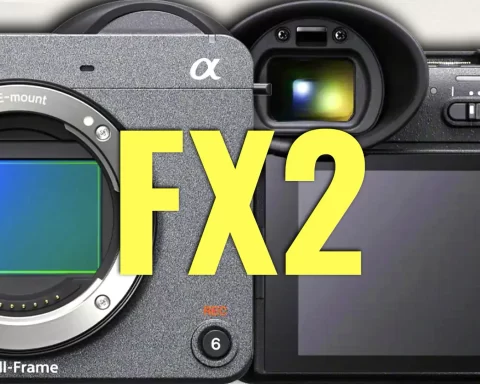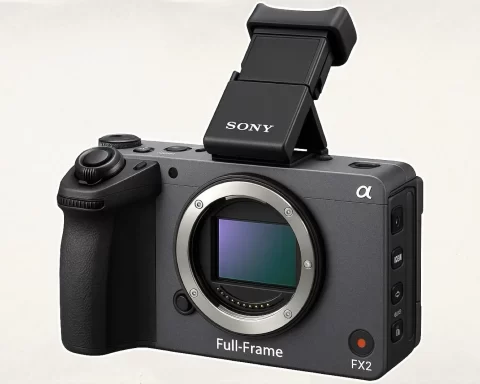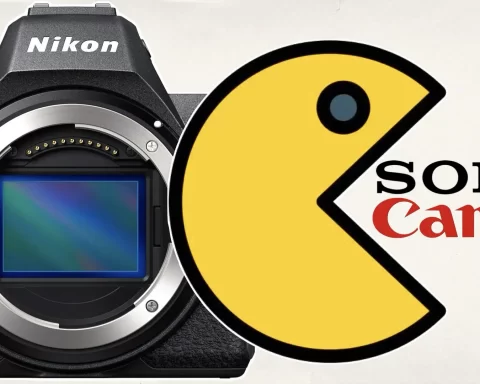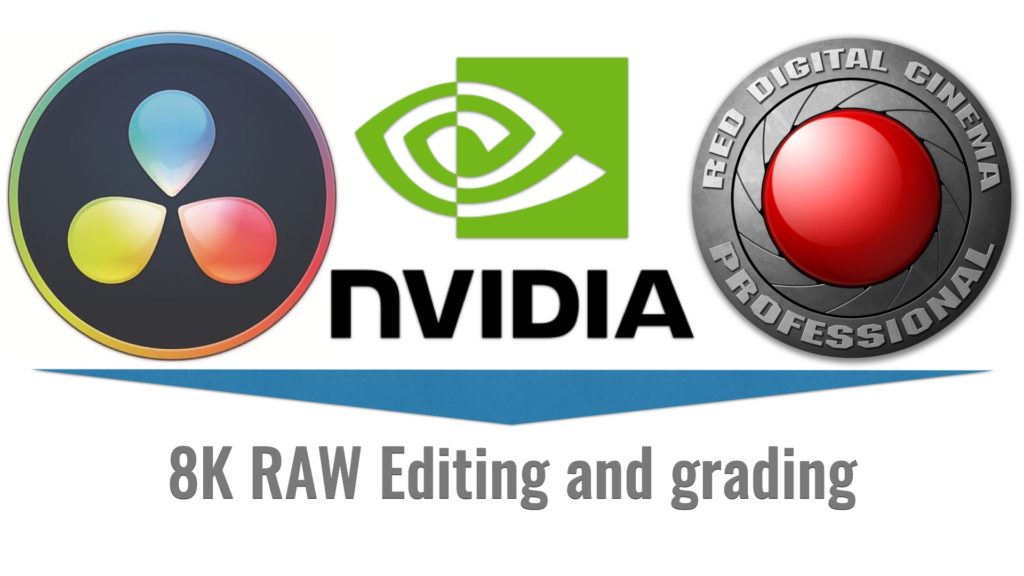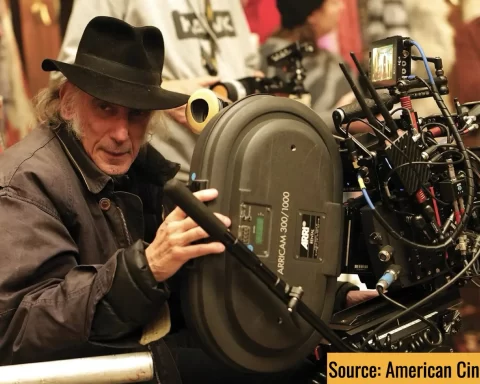Sony has released a new guide titled “VENICE Remote Operation Cinematography Guide” which focuses on the new era of social distancing in film productions. Pandemic aside, this guide constitutes a useful piece of information for how to utilize the VENICE in regular productions. Check it out below and get a few tips that can assist you in your next production.
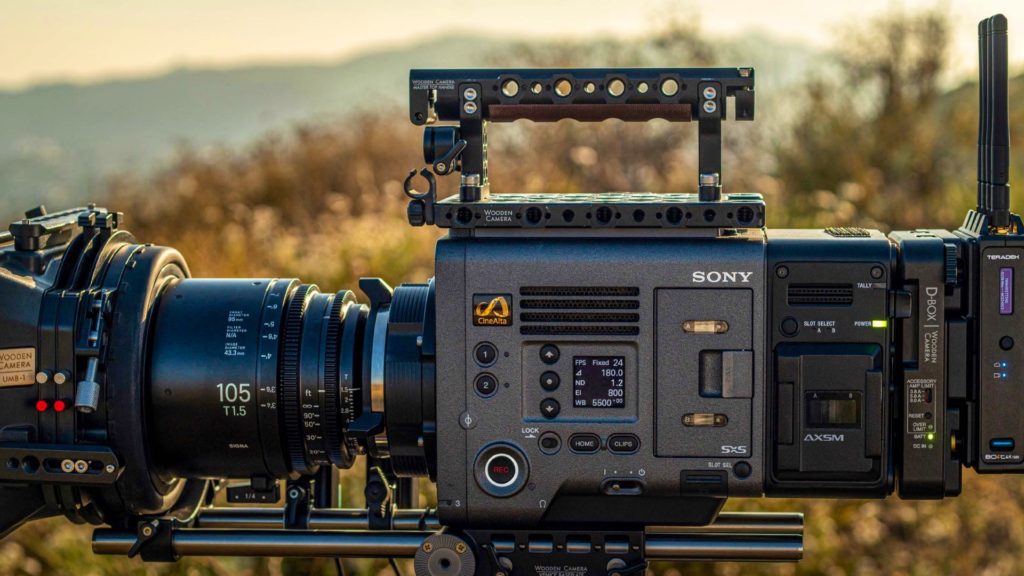
Sony’s guide for remote cinematography operation
This new guide (video and PDF) demonstrates how Sony VENICE and Sony monitoring solutions can support social distancing for film and TV production. As stated by Sony: “Our intention with this content is to help inform conversations between the production company, the rental house, and crew. We believe the latest tried and tested production technology can help talent, operators, and all production workers create the space they need from each other to stay safe and well on set”. The guide shows the pathway and possibilities for remote cinematography operation. Although there is a significant amount of detailed and essential content circulating about PPE and social distancing protocols, the guide has an explicit ambition to support scripted production as the sector starts to return by sharing ideas based on technology use that can further mitigate against COVID-19 disruption.

We believe the latest tried and tested production technology can help talent, operators, and all production workers create the space they need from each other to stay safe and well on set.
Sony
COVID-19 as an excuse
Much of the technology presented, has been available and in use prior to the COVID-19 pandemic. However, with careful planning and preparation, this methodology takes on a new purpose and relevance. Furthermore, although produced and written from the perspective of the Sony VENICE, the guide takes in multiple themes and vendors including Teradek, Motion Impossible, Fujinon’s Zooms, Cooke Optics technology and others tools and technologies that facilitate remote cinematography. Thus, some of the ideas may well be familiar, however, the combination with the guide creates a foundation for an internal dialogue that Sony professional Solution hopes and believe it can stimulate production and help keep talent, crew, and the production team safe and well on-set. This guide covers Sony and third-party products and solutions for the most complete picture of today’s remote operation technology. Key topics include remote camera control by wired and wireless options, latest developments in ‘RF village’ workflows, highest quality 4K HDR on-set monitoring, remote camera deployment/tracking, and more.

The methodologies for remote cinematography
The majority of the guide deals with tools and technology that allow us to control the camera from distance. For instance, using the VENICE camera control over WiFi, utilizing RF solutions, cloud-based workflow, and even how to remotely control the camera movement by using the AGITO Modular Dolly System from Motion Impossible. The guide also tries to convince that cinema zoom lenses are much more preferred in productions where social distancing is kept because they reduce the need for replacing the lens. For instance, the Fujinon Premista 28-100mm or 80-250mm Full Frame lenses allow you to have most shooting options fully covered on one or both of the lenses: “Even when working Full Frame many cine-zoom lenses are considered largely indistinguishable from fixed focal length glass recording the same shallow depth of focus beloved by the modern cinematographer” as stated by the Sony.

Also, by employing Cooke Optics’ /i Technology, both the first AC and DIT can receive valuable recording data without having to approach the camera or take measurements while shooting. (The lens metadata recorded by /i Technology is also used to support later VFX and DI calibration work and saves valuable time in post.) All of that contributes to allowing social distancing on set. In the end, obviously, the Sony VENICE Extension System is mentioned, which enables cabled separation of the VENICE camera body and image sensor block by up to 5.5m (18 feet).
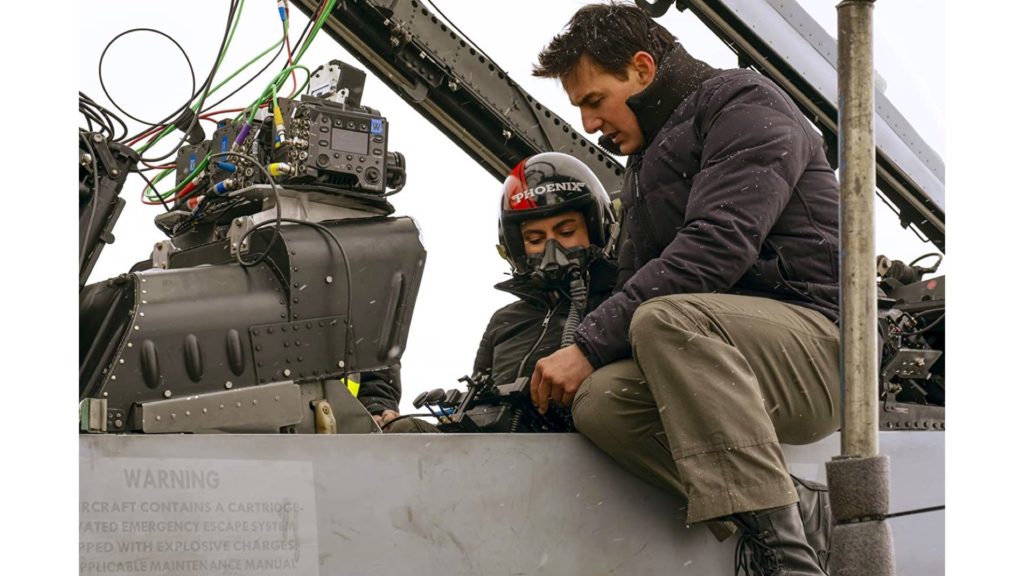
Remote cinematography – Highlights
According to the VENICE Remote Operation Cinematography Guide, these are the highlights:
- Remote VENICE Camera Control over Wi-Fi
- Share and Review Content Fast from Set to Studio
- Working with Cine-Zoom Lenses
- Cooke Optics’ /i Technology
- RF (Radio Frequency) utilization
- 4K HDR On-Set Monitoring
- Cloud-based workflow
- Full Remote Lens, Focus Assist and VENICE Camera Control
- Sony VENICE Extension System
- Rapid Remote Camera Deployment and Tracking
Watch the video below that demonstrates the VENICE Remote Operation Cinematography methods:
Insights
As explained, this guide was written in order to spotlight the tools, technologies, and methodologies regarding remote cinematography in the era of working under the pandemic. However, it constitutes a decent piece of educational and practical information on how to utilize the cinematic ecosystem when working in high-end productions. Click the link to download the guide.


